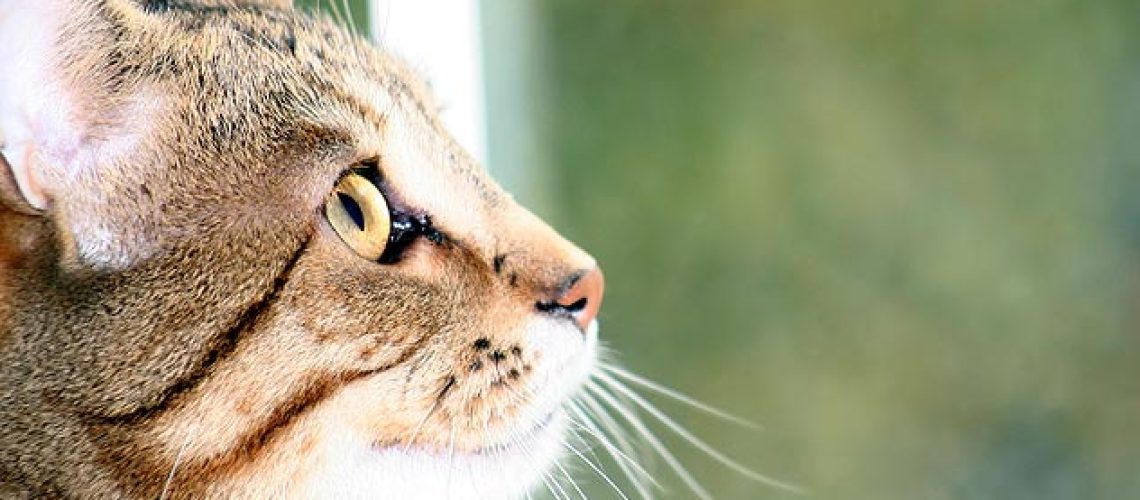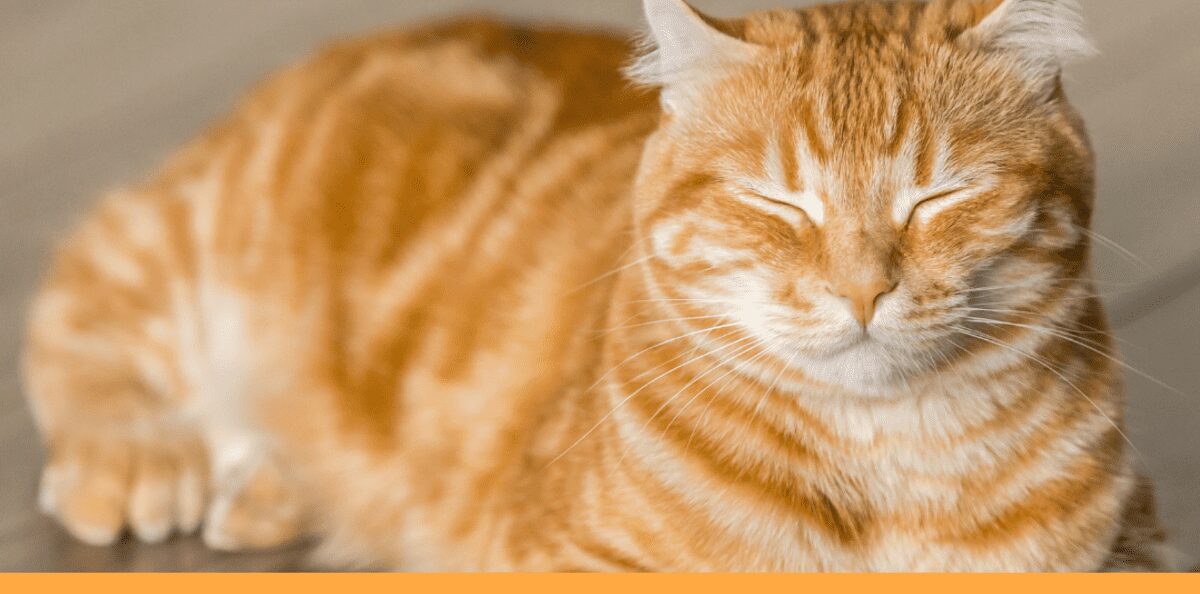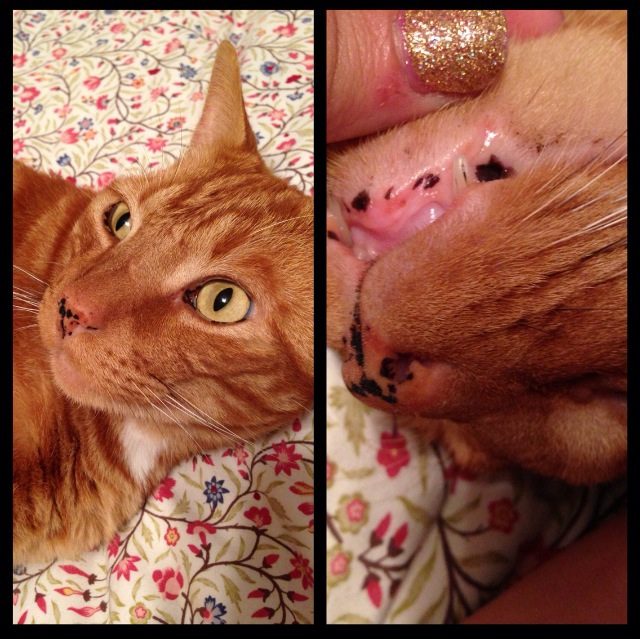Discover the dark and mysterious world of Edgar Allan Poe, a famous American writer known for his haunting stories and poems. Despite a tragic life, his unique style and themes continue to captivate readers today. Explore his influence on other writers and his lasting legacy in American literature.
Key Takeaways:
- Edgar Allan Poe had a cat named Catterina, which was often referred to as "Cattarina" or "Catterino."
- Catterina was a tortoiseshell cat, known for her distinct color pattern of patches of black and orange.
- Poe's pet cat played a significant role in his life and was often mentioned in his letters and writings.
- Catterina's presence provided comfort and companionship to Poe during his troubled times, serving as a source of inspiration for some of his literary works.
- The bond between Edgar Allan Poe and his beloved feline companion highlights the importance of pets in providing solace and creative stimulation to their owners.
List of Some Edgar Allan Poe Inspired Cat Names:
1. Poe's Famous Works & Characters:
- Boys:
- Roderick (from "The Fall of the House of Usher")
- Montresor (from "The Cask of Amontillado")
- Dupin (from "The Murders in the Rue Morgue")
- Valdemar (from "The Facts in the Case of M. Valdemar")
- Prospero (from "The Masque of the Red Death")
- Girls:
- Lenore (from "The Raven")
- Madeline (from "The Fall of the House of Usher")
- Ligeia (from the story "Ligeia")
- Morella (from the story "Morella")
- Annabel (from "Annabel Lee")
2. Gothic & Mysterious Elements:
- Boys:
- Midnight
- Shadow
- Crypt
- Phantom
- Obsidian
- Girls:
- Raven (after Poe's famous poem)
- Elvira (meaning "all true" and has a gothic aura)
- Mystique
- Eclipse
- Nocturne
3. Poe's Personal Life & Surroundings:
- Boys:
- Boston (Poe's birthplace)
- Allan (Poe's middle name)
- Fordham (where Poe had a cottage)
- Griswold (Poe's literary rival)
- Girls:
- Virginia (Poe's wife)
- Elmira (Poe's childhood sweetheart)
- Maria (Poe's aunt and mother-in-law)
- Clemm (Poe's family surname)
4. Dark Romanticism & Symbols:
- Boys:
- Abyss
- Pendulum (from "The Pit and the Pendulum")
- Morose
- Enigma
- Vortex
- Girls:
- Seraphim (referenced in Poe's works)
- Omen
- Eerie
- Sonata (musical term, reflecting Poe's lyrical style)
- Veil
5. Nature & Atmosphere in Poe's Works:
- Boys:
- Tempest (storms often appear in Poe's works)
- Frost
- Gale
- Dusk
- Winter
- Girls:
- Misty
- Luna
- Aurora
- Starling
- Twilight
Who was Edgar Allan Poe?
Edgar Allan Poe was a famous American writer who lived in the 19th century. He is best known for his dark and mysterious stories and poems. Poe had a unique writing style that often explored themes of death, madness, and the supernatural. His works continue to be popular and influential today.
Poe's life was filled with tragedy and hardship. He lost both of his parents at a young age and struggled with poverty throughout his life. Despite these challenges, he became one of the most important figures in American literature.
Some of Poe's most famous works include "The Raven," "The Tell-Tale Heart," and "The Fall of the House of Usher." These stories are known for their suspenseful plots, vivid descriptions, and haunting atmosphere. Edgar Allan Poe's writings continue to captivate readers with their dark beauty.
Interesting Facts about Edgar Allan Poe:
- Poe is considered one of the pioneers of detective fiction.
- He is credited with inventing the modern detective story with his character C. Auguste Dupin.
- Poe also wrote science fiction stories that predicted future inventions such as space travel.
Influence on Other Writers:
Poe's writing had a significant impact on other writers, both during his lifetime and after his death. His unique style and themes influenced authors such as H.P. Lovecraft, Sir Arthur Conan Doyle, and Stephen King. Many contemporary horror writers still draw inspiration from Edgar Allan Poe's works today.
In addition to his influence on literature, Poe also made important contributions to the development of American poetry. He experimented with different poetic forms and techniques, creating a distinct voice that set him apart from other poets of his time.
Legacy and Recognition:
Despite facing many challenges during his life, Edgar Allan Poe's legacy as a writer is secure. He is remembered as one of the greatest American writers and a master of the macabre. His works continue to be studied in schools and universities, and his impact on literature cannot be overstated.
Poe's writing continues to resonate with readers because of its timeless themes and powerful imagery. His ability to create a sense of atmosphere and suspense remains unmatched. Edgar Allan Poe's contributions to literature will continue to be celebrated for generations to come.
The Significance of Edgar Allan Poe's Cat in His Writings
Edgar Allan Poe's cat holds a significant role in his writings, often serving as a symbol or metaphor for various themes and emotions. The presence of the cat in Poe's stories adds an element of mystery and intrigue, creating an eerie atmosphere that is characteristic of his gothic style. The cat represents different aspects depending on the story, such as the duality of human nature or the haunting presence of guilt.
The Symbolism Behind the Cat
In many of Poe's works, the cat symbolizes both good and evil. It embodies the conflicting forces within individuals, highlighting their capacity for both love and cruelty. The cat can be seen as a representation of the dark side of human nature, lurking in the shadows and ready to pounce at any moment. Additionally, it serves as a reminder of past actions and their consequences, haunting characters with guilt and remorse.
Did Edgar Allan Poe Give His Cat a Specific Name?
While Edgar Allan Poe had a deep affinity for cats, he did not typically give them specific names in his writings. Instead, he often referred to them simply as "the black cat" or "the narrator's pet." This lack of personalization adds to the mysterious and universal nature of the cat's symbolism in his stories.
How Did Edgar Allan Poe Describe His Cat in His Stories?
In his stories, Edgar Allan Poe vividly describes his cats with great attention to detail. He often emphasizes their physical attributes, particularly their black fur and piercing eyes. The cats are portrayed as sleek and agile creatures that possess an air of mystery. Their movements are described with precision, adding to their enigmatic presence within the narrative.
The Reason Behind Edgar Allan Poe's Inclusion of a Cat in His Writings
Edgar Allan Poe's inclusion of a cat in his writings can be attributed to several reasons. Firstly, cats were seen as mysterious and supernatural creatures during the time period in which Poe wrote. Their association with witchcraft and superstition made them fitting symbols for the dark themes explored in his stories. Secondly, cats possess an innate ability to observe their surroundings silently, making them ideal companions for characters who are tormented by guilt or haunted by their past actions.
Examples of Symbolism Associated with the Cat in Edgar Allan Poe's Works
The Black Cat as a Symbol of Guilt
In "The Black Cat," the eponymous feline represents the narrator's guilt over his violent actions. The cat's presence serves as a constant reminder of his wrongdoing, haunting him until he is driven to madness. The black color of the cat further symbolizes darkness and evil, reflecting the narrator's descent into moral decay.
The Dual Nature of Cats in "The Tell-Tale Heart"
In "The Tell-Tale Heart," the cat embodies both love and cruelty. Initially, it is portrayed as a beloved pet that brings comfort to the narrator. However, as the story progresses, the cat becomes associated with fear and violence, representing the narrator's inner turmoil and capacity for brutality.
The Impact of the Cat on Atmosphere and Mood in Edgar Allan Poe's Stories
The inclusion of a cat in Edgar Allan Poe's stories greatly contributes to the overall atmosphere and mood. The presence of these enigmatic creatures adds an element of suspense and unease, heightening the sense of foreboding that permeates his works. The descriptions of the cat's movements and behavior create a sense of tension, keeping readers on edge and intensifying the eerie atmosphere that Poe is renowned for.
Unique Traits and Behaviors of Edgar Allan Poe's Memorable Cat
The Cat's Unnerving Gaze
In many of Poe's stories, the cat is described as having a piercing gaze that seems to see into the depths of one's soul. This unsettling trait adds to the cat's mysterious nature and enhances its symbolic significance within the narrative.
The Cat's Stealthy Movements
Poe often portrays his cats as agile and stealthy creatures, capable of moving silently and appearing seemingly out of nowhere. This characteristic contributes to their ability to unsettle characters and create an atmosphere of suspense.
Did the Inclusion of a Cat Enhance or Detract from the Impact of Edgar Allan Poe's Stories?
The inclusion of a cat in Edgar Allan Poe's stories undeniably enhances their impact. The cat serves as a powerful symbol, adding depth and complexity to the themes explored in his works. Its presence creates an atmosphere of mystery and unease, captivating readers and drawing them further into Poe's dark narratives. Without the inclusion of a cat, these stories would lose an essential element that contributes to their enduring popularity and literary significance.
| Conclusion: | Choosing an Edgar Allan Poe-inspired name for your cat is a unique and intriguing choice. Whether you opt for the mysterious "Lenore," the mischievous "Poe-kitty," or the enigmatic "Raven," these names will add an air of sophistication and literary charm to your feline companion. Embrace the dark allure of Poe's works and give your cat a name that reflects their captivating personality. |
What is the name of The Black Cat in Edgar Allan Poe?
The cat in the story is named Pluto, which is a reference to the Roman god of the Underworld. While Pluto starts off as a neutral character, he becomes seen as an antagonist by the narrator once the narrator develops a drinking problem.
What happened to Edgar Allan Poe's cat?
On October 7, 1849, Poe passed away at the age of 40. Shortly after, Cattarina, his pet, also died, which was discovered by Muddy when returning to their family cottage at Fordham to collect some belongings. The circumstances surrounding her death are just as mysterious as those of her beloved owner.
What was the name of Poe's beloved tortoiseshell cat?
Poe had a strong affection for cats. His cherished tortoiseshell cat, Catterina, was known to sit on Poe's shoulder while he wrote and sleep on his wife's chest to provide warmth.
What is the name of a black cat in a book?
Pluto is the cat in Edgar Allan Poe's story "The Black Cat", while Ribby is a cat who enjoys eating mouse pie in Beatrix Potter's "The Tale of the Pie and the Patty-Pan".
What is the real name of a black cat?
Felicia Hardy, also known as Black Cat, is a character in Marvel Comics.
What is black cat full name?
Black Cat, also known as Felicia Hardy, is a fictional character featured in Marvel Comics. She was created by Marv Wolfman, Keith Pollard, and Dave Cockrum and made her debut in The Amazing Spider-Man #194 in July 1979. Felicia Hardy is the daughter of Walter Hardy, a famous thief.

















